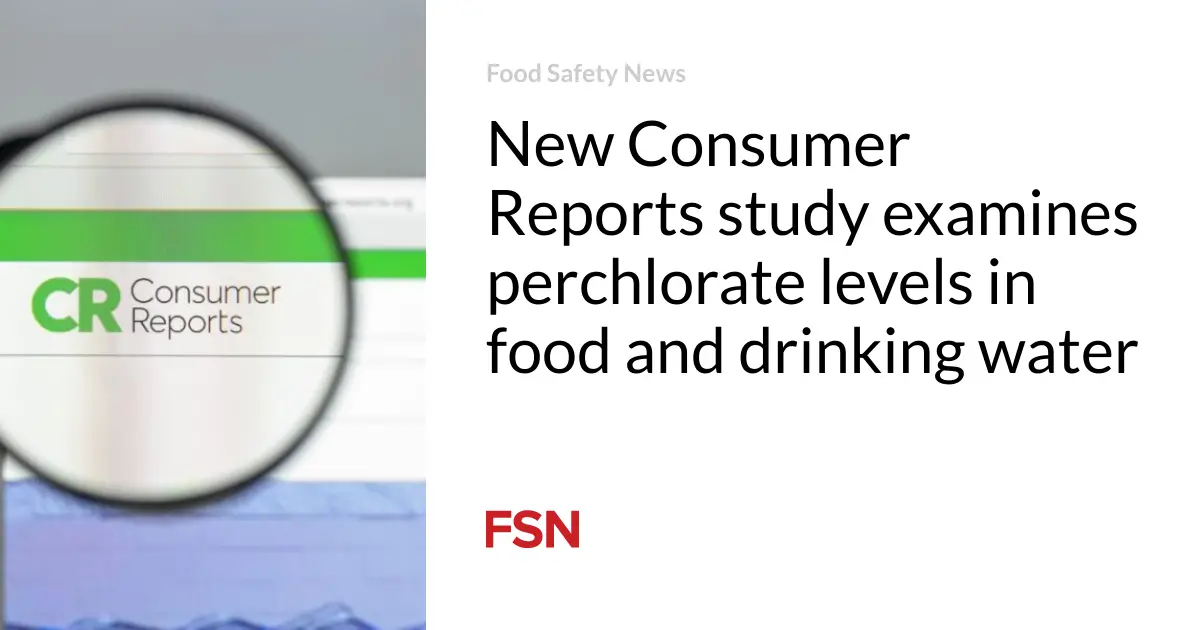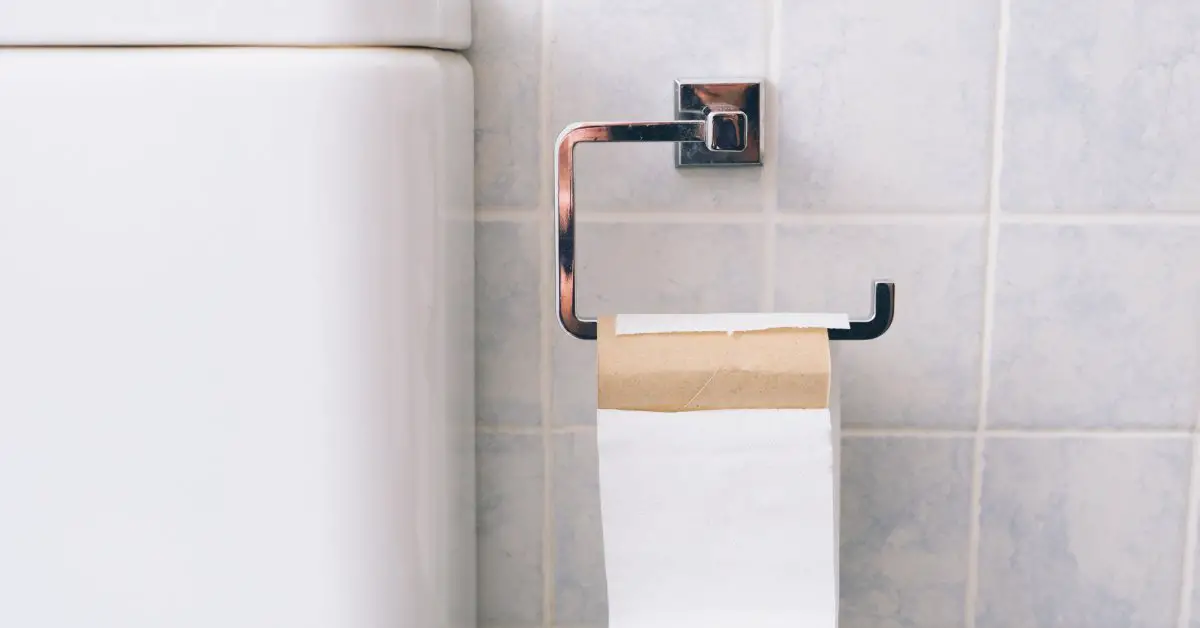
Perchlorate (CLO4−) is a non-volatile anion with a molecular weight of 99.45. It consists of one chlorine atom surrounded by four oxygen atoms.
Consumer Reports is out with tests confirming that the chemical perchlorate is widespread in food. The consumer group says regulators have known of these risks for decades but haven’t done much about them.
As a component of rocket fuel that has been linked to serious health issues, Consumer Reports says perchlorate should not be in drinking water or food.
Yet new tests by Consumer Reports have found that the chemical perchlorate — which is used in rocket fuel, missiles, explosives, airbags, and certain types of plastic — is in a wide variety of fast foods and grocery items. The highest perchlorate levels found by CR were in foods popular with babies and children.
The new findings come decades after perchlorate was first identified as a contaminant in water and food. Yet the problem remains largely neglected by the federal regulators tasked with keeping our food and water supply safe, according to one of the nation’s oldest consumer groups
The Consumer Reports new study says perchlorate can get into food via water polluted by improper perchlorate disposal, plastics made with the chemical and then used to store food, and bleach — which can break down into perchlorate —at food processing plants and water utilities. Experts think that food is the primary source of exposure.
Of course, people don’t want a rocket fuel component in their fried chicken, rice bowl, or side salad. But it’s not just troubling in theory: Research suggests that people who are exposed to high levels of perchlorate may develop thyroid issues, including changes in hormone production. In adults, this may affect metabolism, potentially increasing the risk for metabolic disorders like type 2 diabetes.
Consumer Reports says it can have an even greater impact on fetuses and young children because thyroid hormone levels can affect brain and nervous system development.
While none of the foods CR tested had acutely dangerous levels of perchlorate, some did have enough that several servings of food could add up to potentially hazardous levels. Plus, perchlorate in so many foods means that exposure over time is enough to cause concern, especially for kids.
Environmental health scientists and advocates have implored regulators to set stricter limits on perchlorate in water and food for years. So far, action has been limited and hamstrung by multiple setbacks.
In 2019, the Food and Drug Administration denied a petition from several environmental advocacy and health groups asking the agency to ban perchlorate in food packaging.
In 2020, the Environmental Protection Agency walked back already delayed plans to set limits on perchlorate in drinking water. The Natural Resources Defense Council (NRDC) sued the agency, and just this past year, a U.S. Court of Appeals panel ruled that such a reversal was not allowed. The Court ordered the EPA to set limits on perchlorate; the agency now says it will propose those limits by Nov. 21, 2025. Experts say the ongoing lack of intervention from regulators is especially frustrating because there’s little consumers can do on their own to lower their exposure to chemicals that are so widely found in food and water.
Here’s what CR’s new study found and what it means.
.The new tests by Consumer Reports were in part prompted by the ongoing lack of action from regulatory agencies, which has led to a gap in our understanding of just how pervasive perchlorate currently is in our food, says Tunde Akinleye, the organization’s chemist who oversaw the perchlorate testing.
The FDA last evaluated perchlorate levels in food more than a decade ago.
Consumer Reports examined 196 samples of 63 supermarket products and 10 fast food items, choosing them because previous scientific research suggests they may contain perchlorate. It also analyzed the packaging in which each food came.
About 67 percent of the samples had measurable levels of perchlorate, at levels ranging from just over 2 parts per billion to 79 ppb. In general, baby and childrens’ food, fast food, and fresh fruits and vegetables had the highest levels, with children’s foods averaging the highest average level, 19.4 ppb.
When looking at packaging types, foods in plastic containers had the highest levels (averaging nearly 54 ppb), followed by foods in plastic wrap and paperboard.
The Consumer Reports study says that In 2005, the EPA established an “official reference dose,” essentially a safe exposure level, for perchlorate of 0.7 micrograms per kilogram of body weight per day. But many food safety experts think this level is not adequately protective and should be significantly lower, Akinleye says.
The European Food Safety Authority (EFSA) has set a tolerable daily intake of less than half that amount: 0.3 micrograms per kilogram of body weight per day.
None of the foods Consumer Reports tested had perchlorate levels high enough for one serving to exceed the EFSA or EPA’s suggested daily limits. But everyone eats more than a few servings of food per day, and children — because of their lower body weight — may be particularly at risk.
Consumer Reports found the highest perchlorate levels in certain fast foods and produce items, but concerningly, the category with the highest average level of perchlorate was baby and children’s foods. Some of the baby and child foods the group tested that had the highest levels of perchlorate could quickly add up to a concerning amount.
For a child between 1 and 2 years old, one serving of the boxed mac and cheese Consumer Reports tested would hit nearly 50 percent of the EFSA limit, and servings of the baby rice cereal, baby multigrain cereal, and organic yogurt the group tested would each hit about a quarter of that limit. That means that with one serving of each of the above foods over a single day a child would exceed the EFSA’s safe daily limit.
A serving — usually about three-quarters of a cup — of cucumbers, baby carrots, and collard greens would each exceed 50 percent of the EFSA daily limit for children between ages 1 and 2 as well, making it easy for young children to get relatively high levels of perchlorate each day, even from healthy food.
While Consumer Reports testing cannot reveal exactly why some foods had higher levels than others, some packaged goods like baby and children’s foods may have higher levels because of anti-static plastic (which sometimes contains perchlorate). In contrast, fresh produce may contain perchlorate if it was irrigated with contaminated water.
Consumer Reports contacted several of the companies behind foods with high perchlorate levels in our tests and some other major baby and children’s food manufacturers to ask if they were aware of perchlorate contamination and taking steps to minimize it in their products. None provided comments by publication time.
“Regulators should do more to protect the public from contaminants like perchlorate, but at the same time, parents shouldn’t panic about what we found,” says James E. Rogers, PhD, director of product safety testing at Consumer Reports.
While the perchlorate levels Consumer Reports detected could potentially be of concern for sensitive populations, the levels were not high enough to be immediately or acutely harmful.
“Feeding your children a wide variety of healthy foods is the best way to ensure they get the nutrients they need and to minimize the potentially harmful effects of contaminants in food and water,” Rogers says.
(To sign up for a free subscription to Food Safety News, click here.)







